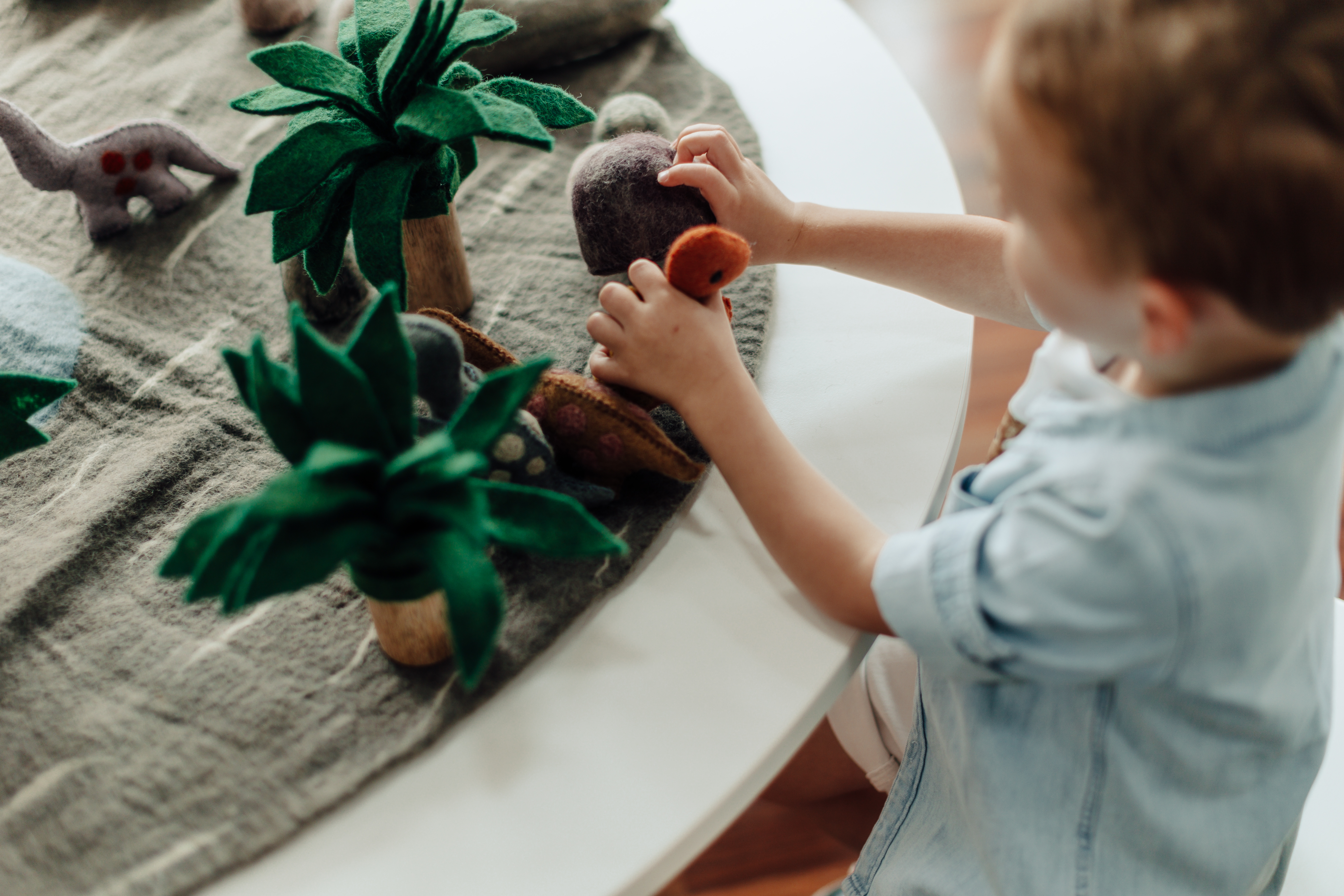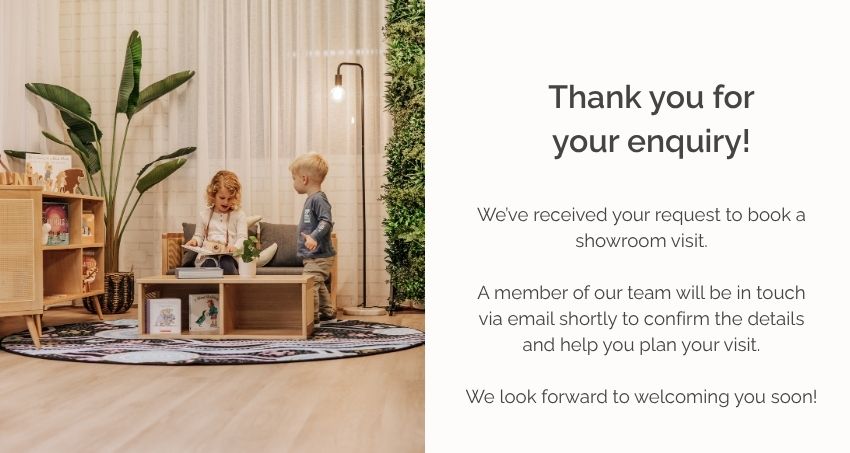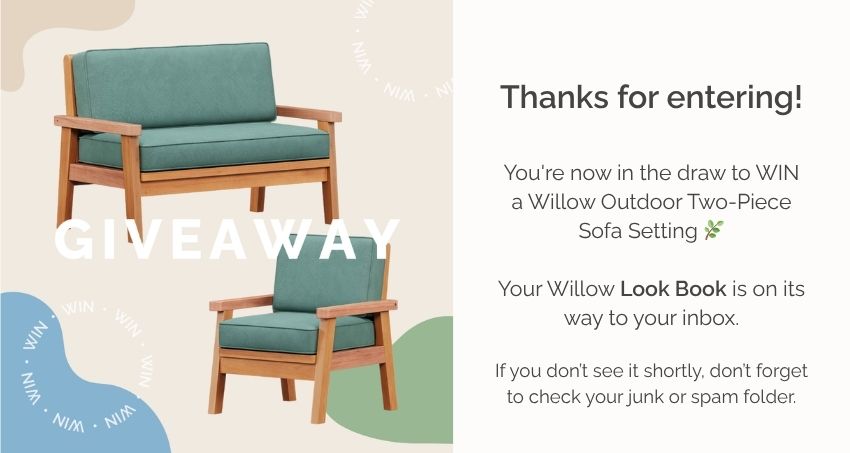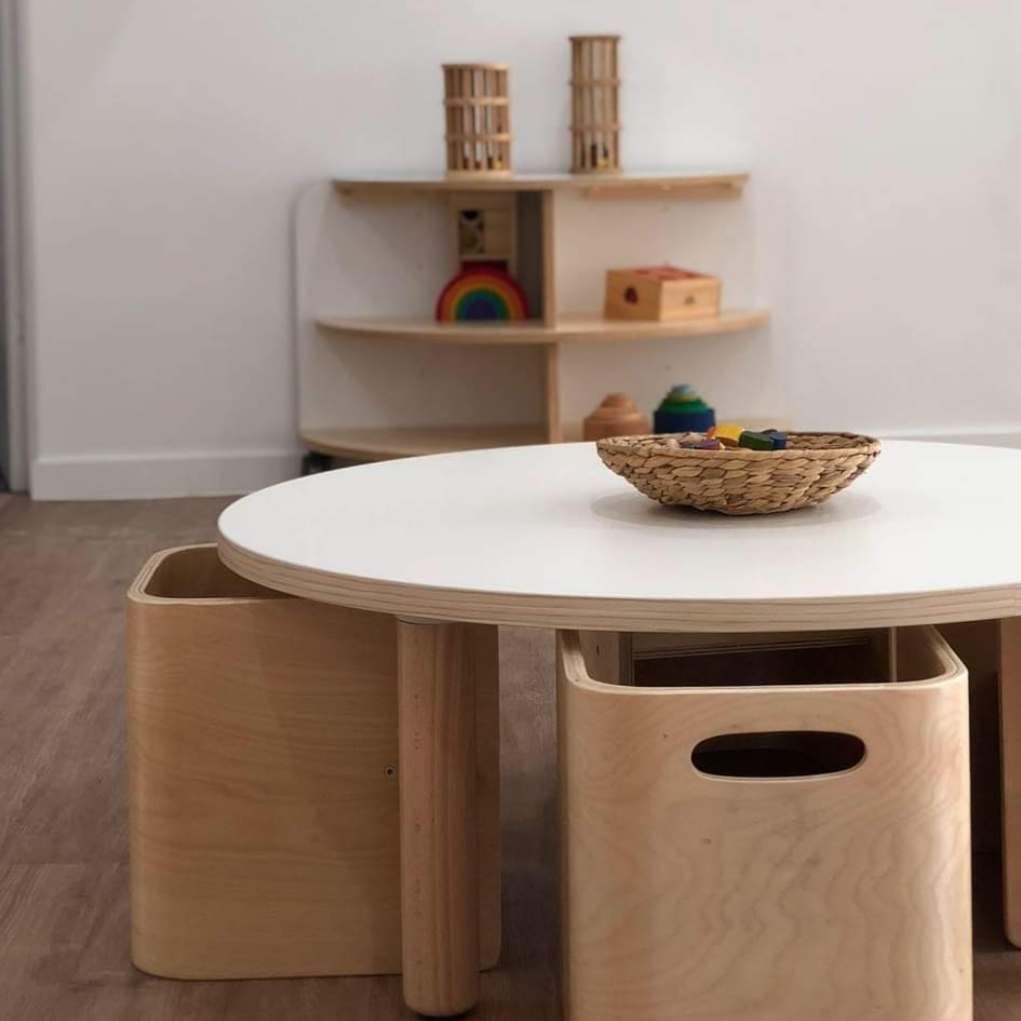
Must-have felt resources for your early learning centre
Felt resources have become a staple in many early learning center’s and homes in recent years. If you’re yet to explore felt resources and how they can be used, this article is for you!
Some of the benefits of felt resources include:
- A sensory experience through touch, with children being able to feel different textures on a single piece of material
- Many resources can be open ended, with ‘water’ and ‘grass’ playscapes being some of the most popular felt items across early learning centre’s and homes
- Durability. If cared for properly, good quality felt resources can be used on high rotation for years.
Here are our top picks for the most open-ended, all ages-appropriate felt resources.
This simple playmat depicts a river, which is sure to provide hours of imaginative play scenarios in your early learning centre. It’s big enough for multiple children to work together to come up with scenarios and play around it, and the neutral colours make it the perfect background to add to rather than being the main focus.
2. Felt Animals
Animals are commonplace in early learning centres everywhere! For babies and toddlers, they make great props for educators during storytelling and role play – the perfect way to introduce animal sounds. For senior toddlers and above, animals are perfect for imaginative play and further education about each species and their place in the world.
When we first think of animals we think of plastic ones that are durable and made for high rotation. With a bit of extra care, felt animals can be just as durable and loved. Take a look at these gorgeous felt Australian animals or felt farm animals which you could pair with a Farm Playmat.
3. Felt Food
Whether you want to educate children about nutrition or simply add it to your home corner, felt food is a valuable addition to your early learning centre. The individual pieces in sets such as the pizza and sandwich set encourage problem solving, decision making and fine motor skills, as children will need to choose the ingredients and put them together.
4. Sorting sets
Away from the imaginative play possibilities, another practical use for felt resources is developing cognitive skills. How can a humble felt resource help with this, you ask? Open-ended felt resources such as bowls and balls can help with counting, colour recognition and sorting. This Rainbow Sorting Set can be used in a range of scenarios. For kindergarten children who are learning to count, these bowls are easy to distribute amongst multiple children. The size of the balls are good for developing fine motor skills in toddlers by picking them up and placing them in their respective bowls.
Caring for your felt resources
So, you’re keen to invest in some felt resources, but how can you ensure you maintain them to withstand high rotation in your early learning centre? These are our top tips:
- Store in individual, labelled bags or containers. If independence is something you encourage in your early learning centre, creating picture labels will help children to pick their own resources each time
- For any light soiling, use a damp cloth with a small amount of mild soap. Ensure the resource dries completely in a warm space before storing again to prevent mould











